Ostrów Lednicki is an island in Lake Lednica, situated near a route from Poznań to Gniezno. The earliest surviving traces demonstrate that a settlement developed there about 11,000 years ago. In the Early Middle Ages on this island one of the most important strongholds of the first Piast state was built. It was constructed in the second half of the 10th c. at the place of earlier, smaller tribal stronghold. What has survived until the present is impressive: a few metres high remains of wood and earth defensive ramparts, fragments of coastal fortifications and the remains of wooden bridges, which were among the longest ones in the Middle Ages (438 m and 187 m).
However, the greatest attraction of this site is the remains of a palace residence, built in the second half of the 10th c. by Mieszko I. It was probably here that Bolesław the Brave received Emperor Otto III, who was making a pilgrimage to St Adalbert’s grave in Gniezno in 1000. In the east the palace is adjoined by a chapel, constructed on the plan of the Greek cross, with the remains of gypsum baptismal fonts (piscinae), which are the only finds of this kind from Poland. The discovery of these fonts allowed to propose a very probable hypothesis (which is now confirmed by many specialists from Poland and abroad) that the baptism of Mieszko I took place here. In the course of archaeological excavations and underwater examinations an enormous quantity of finds was discovered. They are displayed now in the permanent exhibition. The most precious discoveries include: a staurotheke (the reliquary of the True Cross) and other Medieval devotional items, numerous gold artefacts, bronze bowls imitating gold vessels, ornaments made from silver, jewellery from semi-precious stones and glass, a few boats, including the largest one which is an 11 metres long dugout canoe from 966, and numerous artefacts of daily use.
The result of underwater explorations is one of the largest assemblages of Early Medieval weaponry to be found in this part of Europe (more than 300 items). Forms of some artefacts suggest their Scandinavian origin.
The stronghold was protected by a garrison, whose members may have been Vikings. It was probably they who owned part of the weaponry hauled up from Lake Lednica. The owners of remaining swords, axes, spears, knives or a unique chainmail were most probably invaders and those who protected both the island and the stronghold. This is because most of the finds were discovered along the course of the bridges, which are not in the place any more today.
An additional attraction of this site, undisturbed by later buildings, is a ferry going to the island, the wildfowl, and Medieval flora, which has been recently reconstructed on the basis of archaeobotanical examinations. The heritage of Ostrów Lednicki is displayed in a permanent exhibition Ostrów Lednicki. Under the Sky of the Middle Ages. It demonstrates the most precious finds related to the historical origin of the Polish state in a modern manner. In 2011 the exhibition was awarded a Sybilla statuette, granted by the Minister of Culture and National Heritage, as the best archaeological exhibition in Poland. It also received an Izabella statuette for the best exhibition in Greater Poland (Wielkopolska Region).
This Branch of the Museum takes care of the Early Medieval stronghold in Ostrów Radzimski, not far from Murowana Goślina. It was located on an island of the Warta River which later became a part of the mainland.
By virtue of a directive of the President of the Republic of Poland Lech Wałęsa (Monitor Polski, No. 50, Year 1994, Item 421) Ostrów Lednicki was granted the title of the Monument of History. This status is granted to monuments of the highest historical, scientific and artistic value and of exceptional significance for the cultural heritage of Poland.
On 14 April 2016 Ostrów Lednicki hosted central celebrations of the Jubilee of the 1050th anniversary of the baptism of Poland.
We would like to ask you to announce visits of visually impaired persons in advance, so that we are able to prepare didactic assistance which facilitates your visit.
At the museum shop near the parking area it is possible to purchase attractive souvenirs and museum publication. In the neighbourhood there are restaurants which provide services for individual tourists and excursion groups.
| Day of the week | Opening hours | ||
|---|---|---|---|
| Tuesday | 09:00 - 17:00 | ||
| Wednesday | 09:00 - 17:00 | ||
| Thursday | 09:00 - 17:00 | ||
| Friday | 09:00 - 17:00 | ||
| Saturday | 10:00 - 17:00 | ||
| Sunday | 10:00 - 17:00 | ||
| Day of the week | Opening hours | ||
|---|---|---|---|
| Tuesday | 09:00 - 17:00 | ||
| Wednesday | 09:00 - 17:00 | ||
| Thursday | 09:00 - 17:00 | ||
| Friday | 09:00 - 17:00 | ||
| Saturday | 10:00 - 18:00 | ||
| Sunday | 10:00 - 18:00 | ||
| Holidays | Opening hours |
|---|---|
| 2025.08.15 (Friday) | x |
| Day of the week | Opening hours | ||
|---|---|---|---|
| Tuesday | 09:00 - 17:00 | ||
| Wednesday | 09:00 - 17:00 | ||
| Thursday | 09:00 - 17:00 | ||
| Friday | 09:00 - 17:00 | ||
| Saturday | 10:00 - 17:00 | ||
| Sunday | 10:00 - 17:00 | ||
| Tickets | ||
|---|---|---|
| normal | 20.00 PLN | |
| reduced | 10.00 PLN | |
| Guide | |
|---|---|
| in Polish for a fee | 150.00 PLN |
| in English for a fee | 240.00 PLN |
| when? | name | where? | about what? | for free | for children | |
|---|---|---|---|---|---|---|
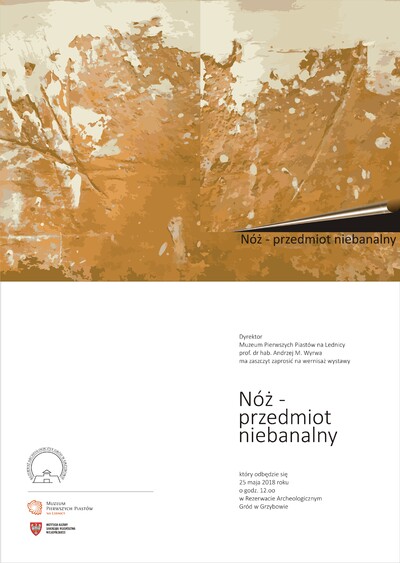 | Nóż - przedmiot niebanalny Permanent exhibition | The Archeological Reserve Stronghold in Grzybowo Grzybowo 10a 62-300 Grzybowo Greater Poland | archeology, utility items | |||
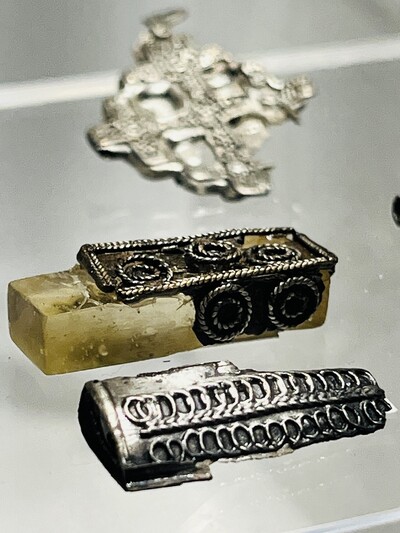 | Sześć-ścian przeszłości. Skarbiec z Ostrowa Lednickiego Permanent exhibition | The Museum of the First Piasts at Lednica Dziekanowice 32 62-261 Lednogóra Greater Poland | archeology, art crafts, region | |||
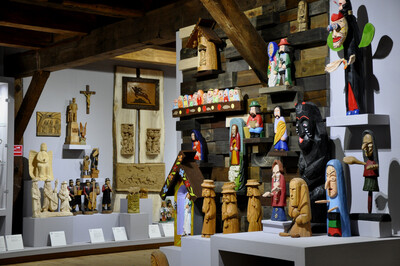 | Wielkopolska rzeźba, wielkopolscy rzeźbiarze Permanent exhibition | Wielkopolska Ethnographic Park in Dziekanowice Dziekanowice 23 62-261 Lednogóra Greater Poland | folk art, sculpture | |||
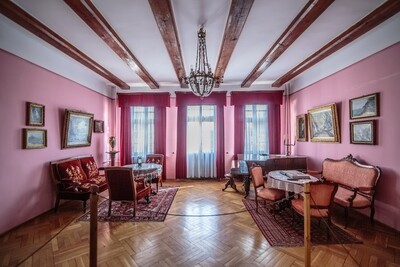 | Rekonstrukcja wsi wielkopolskiej Permanent exhibition | Wielkopolska Ethnographic Park in Dziekanowice Dziekanowice 23 62-261 Lednogóra Greater Poland | crafts, ethnography, interiors and everyday life, traditional costumes, utility items, village | |||
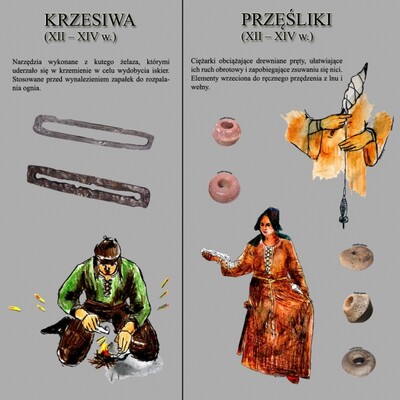 | Tajemnice wyspy radzimskiej Permanent exhibition | Ostrów Radzimski ul. Poznańska 16 62-095 Murowana Goślina Greater Poland | archeology | yes | ||
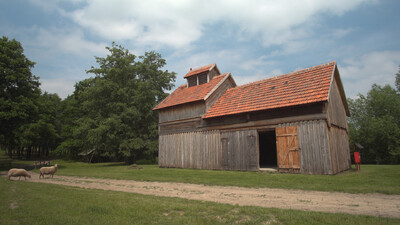 | Dziedzictwo nowotomyskich Olędrów. Chmiel - historia uprawy w Wielkopolsce Permanent exhibition | Wielkopolska Ethnographic Park in Dziekanowice Dziekanowice 23 62-261 Lednogóra Greater Poland | food industry, village | |||
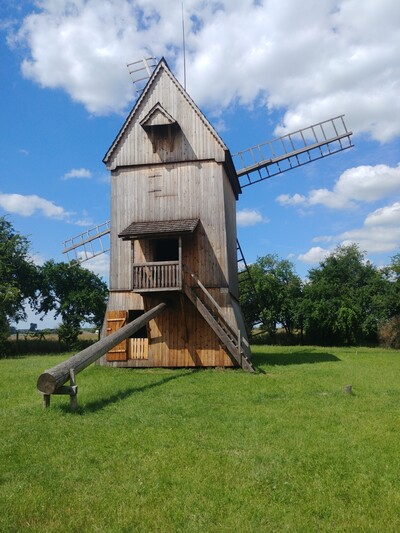 | Żarna i nie tylko Permanent exhibition | Lednica Holm Dziekanowice 34 62-261 Lednogóra Greater Poland | crafts, village | |||
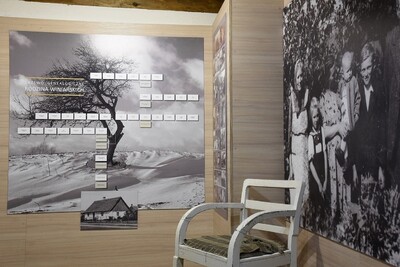 | Dziekanowice i ich mieszkańcy Permanent exhibition | Wielkopolska Ethnographic Park in Dziekanowice Dziekanowice 23 62-261 Lednogóra Greater Poland | interiors and everyday life, village | |||
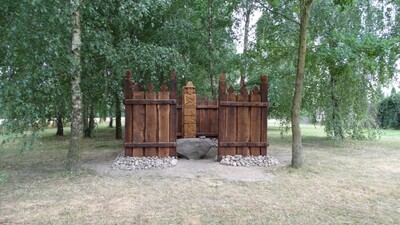 | Gdy bogów było wielu Permanent exhibition | Lednica Holm Dziekanowice 34 62-261 Lednogóra Greater Poland | archeology, religions | |||
| Ekspozycja plenerowa Permanent exhibition | Lednica Holm Dziekanowice 34 62-261 Lednogóra Greater Poland | archeology | ||||
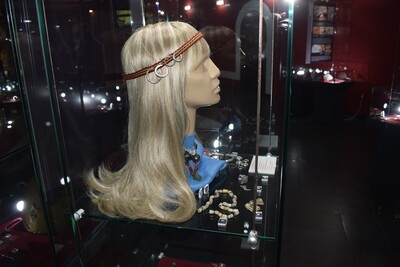 | Terra Sancta Permanent exhibition | ARCHAEOLOGICAL RESERVE – EARLY PIAST STRONGHOLD IN GIECZ Grodziszczko 2 63-012 Dominowo Greater Poland | archeology, art crafts | |||
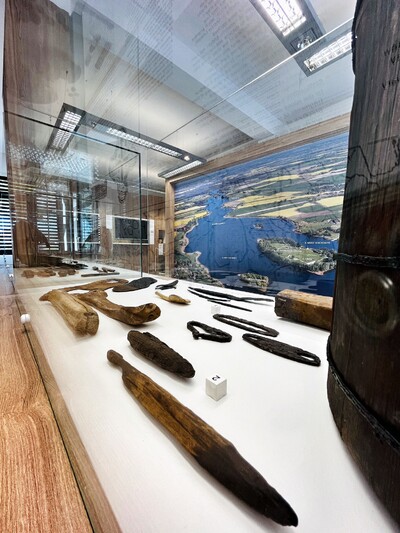 | Z archiwum ziemi i toni wodnej... Permanent exhibition | Lednica Holm Dziekanowice 34 62-261 Lednogóra Greater Poland | archeology |